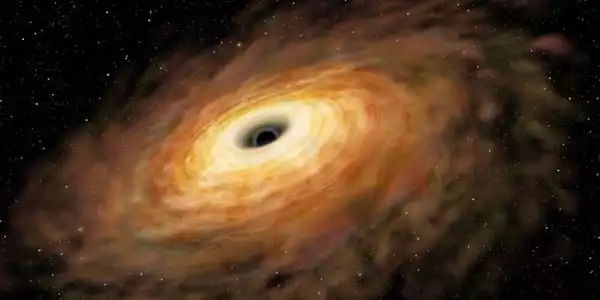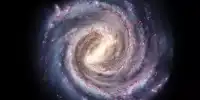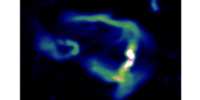It’s time to view a video of supermassive black holes because photos are so 2019. Fortunately, astronomers all throughout the world have just recently begun the observations that will enable the Event Horizon Telescope to “pivot to video.” After all, how can one surpass the first-ever direct snapshot of a supermassive black hole, M87, if not by actually gathering film of these elusive objects’ ever-changing shadows? And it’s not simply to see how intriguing mankind can be when it comes to these findings. Observing changes near a black hole will allow us to put existing ideas to the test and maybe obtain insight into what lies beyond our present knowledge of physics.
However, the task is far from simple. A really epic telescope is required to view anything 60 million light-years away in detail. A radio telescope the size of the entire world is required. Building such a dish is beyond our technological capabilities, but physics can assist us. Interferometry allows data from two radio telescopes separated by a specific distance to be combined as if they were a single dish the size of their separation. The Event Horizon Telescope now has 11 sites throughout the world, ranging from Greenland and the South Pole to South America and Europe.
They’ll acquire fresh observations of M87, the black hole at the core of the galaxy Messier 87, as well as Sagittarius A*, the supermassive black hole at the heart of our own galaxy, the Milky Way, by working together. The plan also includes observing a few additional supermassive black holes, some of which are active and others which are not, with the furthest being 7 billion light-years distant. When scientists from the Event Horizon Telescope published the first image of a black hole’s event horizon, they promised that one day we’d have razor-sharp video footage of one, and now we’ve taken the first steps toward that goal.
In April 2017, eight radio telescopes all across the world aligned their gazes in the same direction. Their mission was ambitious: to picture the shadow of a supermassive black hole’s event horizon. They published the first photograph of the black hole at the heart of Messier 87, a large galaxy in the neighboring Virgo galaxy cluster, today. Of course, the image isn’t of the black hole itself, but rather its shadow (by their very nature, that would be impossible).
Nothing – including visible light – can escape black holes because their gravitational field is so intense. Instead, this image shows the black hole’s event horizon, a swirl of dust, gas, and stars, as well as light (thus the image) that orbits the black hole’s edge before being pulled within, and the black hole’s shadow beyond.
















